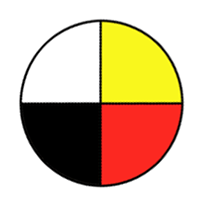Assess operating principles, costs, and efficiencies of devices that produce or use electrical energy.
| (a) |
Explain the energy transformations involved in devices that use or produce light, heat, sound, motion, and magnetic effects (e.g., toaster, light bulb, thermocouple, oven, refrigerator, television, hair dryer, kettle, fan, electric blanket, and remote-controlled toy vehicle). |
| (b) |
Use a technological problem-solving process to collaboratively design, construct, and evaluate a prototype of an electric motor that meets student-identified criteria or solves a student-identified problem. |
| (c) |
Calculate the efficiency of common energy-converting devices and suggest reasons why the efficiency is always less than 100%. |
| (d) |
Interpret the energy efficiency rating of household electrical appliances and calculate their costs of operation in Saskatchewan over a given time by identifying the power rating and using the formula $Cost = `power x `time x `rate$. |
| (e) |
Evaluate the design of a household electrical appliance on the basis of criteria such as function, cost, and impact on daily life and the environment, and suggest alternative designs that are more sustainable. |
| (f) |
Identify, and suggest explanations for, discrepancies in variations in the monthly costs of electrical energy for a household or business. |
| (g) |
Make informed decisions about personal use of devices that use electrical energy, taking into account environmental and social advantages and disadvantages. |
| (h) |
Propose a course of action to reduce the consumption of electrical energy in Saskatchewan, taking into account personal, societal, and environmental needs. |








